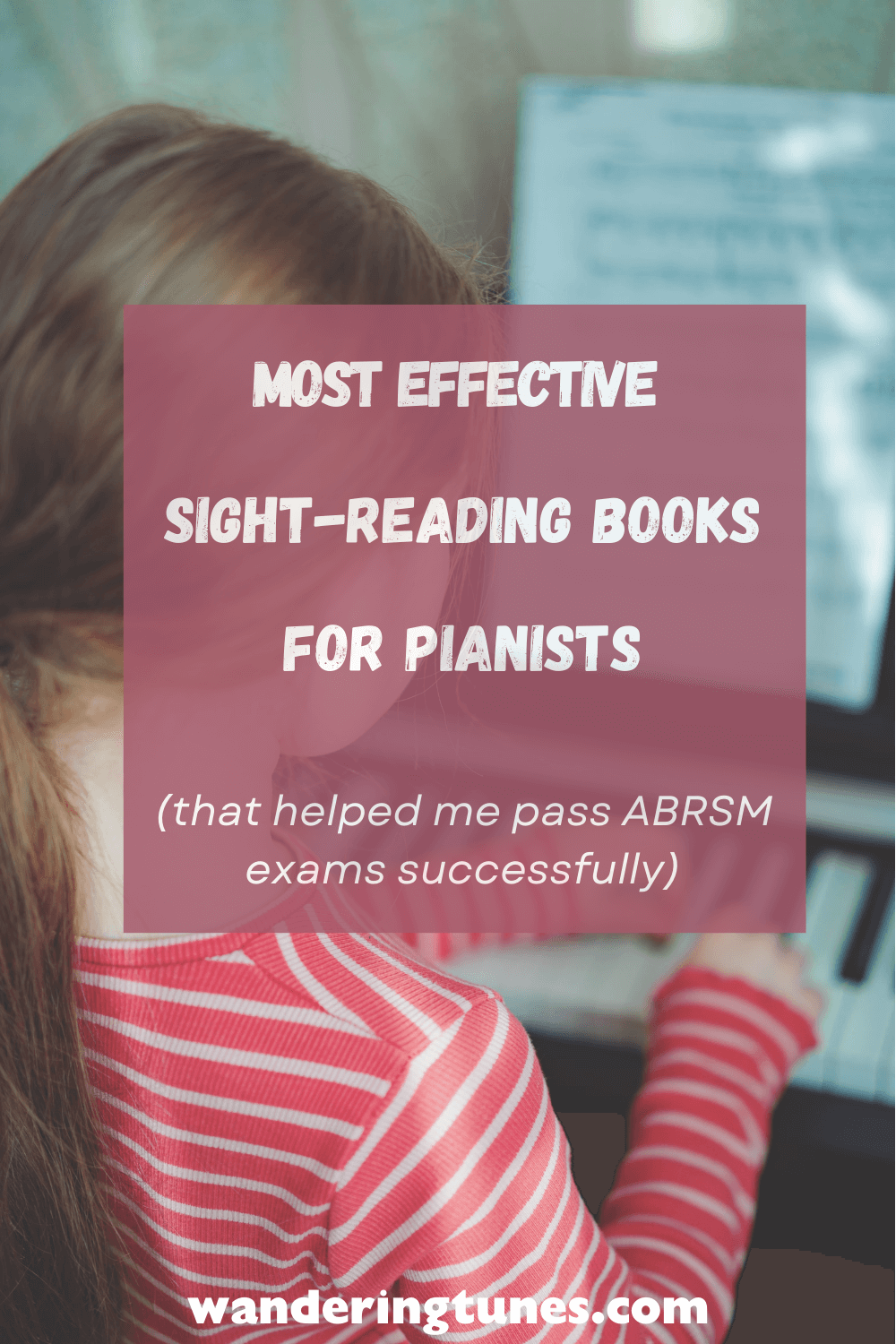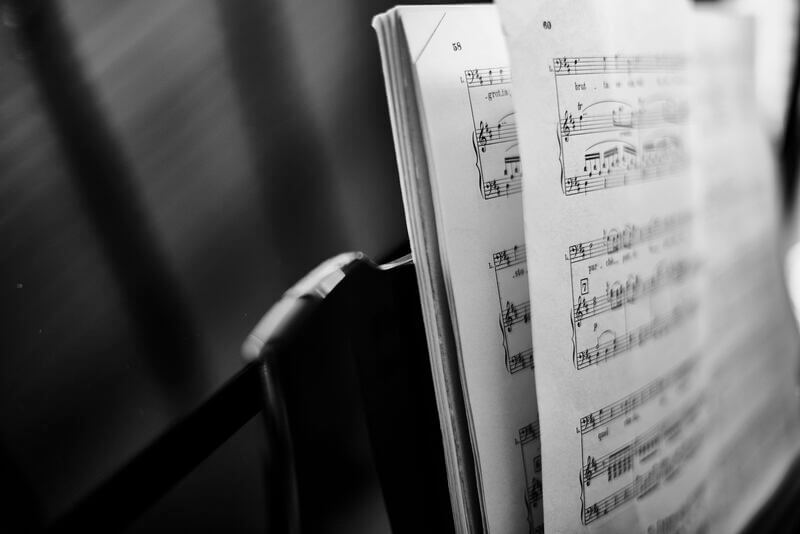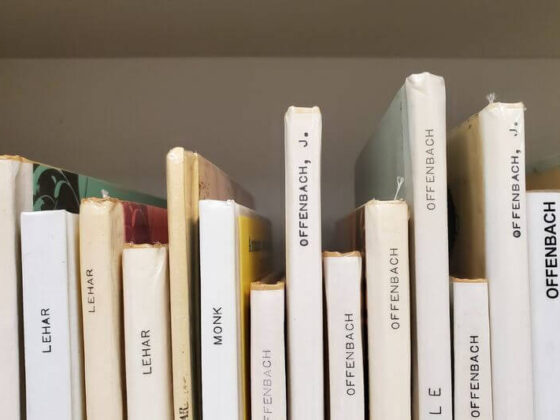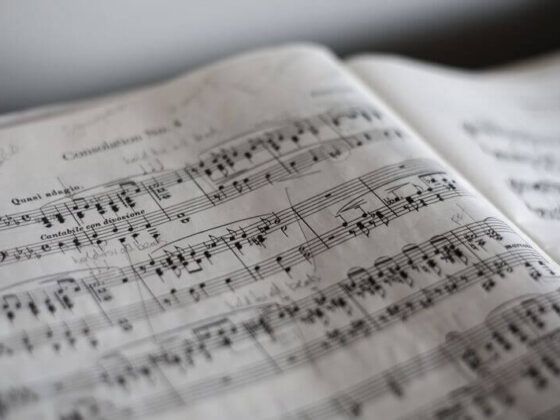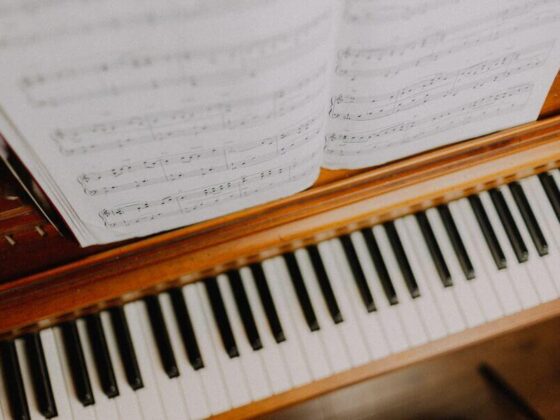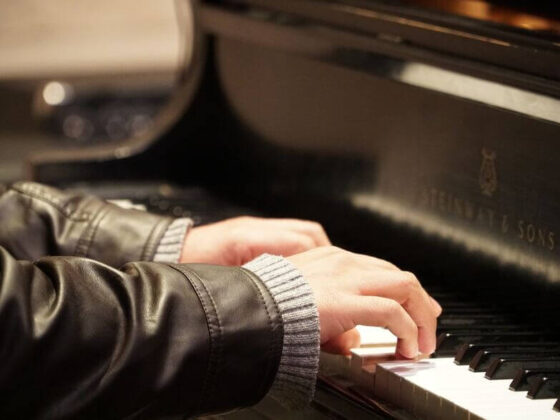Looking for the best piano sight-reading books?
Sight-reading is an essential skill in piano playing and one of the key abilities that help you become a fluent performer.
It’s actually not only a skill that helps you learn new pieces at a much quicker pace. It’s much more than that. Whether it’s classical, jazz, pop, or any other genre, fluency in music reading opens your doors to diverse musical opportunities and exploration. In a nutshell, it’s a fundamental skill to become a well-versed musician.
I have always considered myself a good sight-reader. I’m pretty confident in decoding and playing new music I see for the first time, and I can play most music that is slightly below my level in one shot, getting the rhythm and notes right.
The most important reason why I have gotten so proficient in sight-reading tests was the constant practice that I have done with dedicated piano sight-reading books (thanks to ABRSM exams). That’s why, I believe books are incredibly effective for anyone looking to build and improve sight-reading skills.
Below, I have listed the best piano sight-reading books, some of which have immensely helped me in my sight-reading journey.
Whether you’re a beginner pianist wishing to establish sight-reading skills or an advanced player looking for a simple book to use for daily sight-reading practice, you will find something here.
Piano Specimen Sight-Reading Tests
I’m starting this list with the most important series I have studied that helped me build and improve my sight-reading skills: The Piano Specimen Sight-Reading Tests by ABRSM (Associated Board of the Royal Schools of Music). I have been participating in ABRSM piano exams since I was 12, and this was the series that prepared me for the sight-reading section of the exams.
It is one of the cult series when it comes to sight-reading. Starting from grade 1, this series consists of books for different levels all the way up to grade 8. Each book consists of dozens of exercises that target different areas of the technical requirements of that certain grade.
Because I use these books to prepare for the sight-reading part of the actual exam, the way I study them is parallel to what is expected in the exam, which is to give myself 30 seconds to practice and decode an exercise, and then try to play the entire excerpt without any stops.
Beware that this series does not include any tips or guides but only exercises. Also, you want to pick a book that is suitable for your level to get the most out of this series.
Overall, I highly recommend these ABRSM sight-reading series for any pianist looking to become more confident and skilled in sight-reading.
Sight Reading Trainer: (more than just specimen sight reading tests)
One of the books I cannot recommend enough is Sight Reading Trainer by Robert Kay, an all-in-one and comprehensive resource for improving and building solid sight-reading skills. If you get this book, you don’t need to purchase an additional book as it puts together the information that is useful for all grades, from 1 to 8.
What makes this book unique is that it targets the most common mistakes pianists make when approaching sight-reading and provides students with the correct approach and skills. Best of all, these approaches are also aligned with the requirements of the piano exams such as ABRSM. For example, it teaches you to put rhythm ahead of getting the correct notes while sight-reading, which is a significant grading criterion for ABRSM exams.
The importance of piano geography, music visualization, and confidence are some of the other unique and effective concepts the book emphasizes, so I highly encourage you to give it a chance if you struggle with sight-reading.
What’s even greater is that this book offers exercises with downloadable audio tracks for the mastery of rhythm and fluency.
Progressive Sight Reading Exercises
Another fantastic sight-reading resource, Progressive Sight Reading Exercises by Hannah Smith features a unique approach to sight-reading through simple yet solid exercises. Even though the exercises in the book are simple, I believe advanced players can still find great value in the book to reinforce their skills or improve the neglected areas in their music reading skills.
Related: 15 Best Piano Books for Returning Adults
The book contains over 500 exercises in a five-finger pattern, and they all target various rhythmic challenges for sight-reading. A huge plus this book has is that due to the similar five-finger patterns, all exercises are short and hard to memorize, allowing you to practice them several times and really get the most out of each. A common problem with sight-reading books is that after a few tries, you memorize the exercise and it loses its novelty. This book is incredibly efficient in that regard.
In addition, instead of displaying key signatures, all exercises are written with accidentals and even some chromaticism. While you might be used to reading sheet music with key signatures, not including them actually is highly useful to make you comfortable with instantly reading non-diatonic notes and getting acquainted with black keys.
As I mentioned, this book is written with a more unique and innovative approach, so concepts and exercises are tackled in a bit unconventional approach compared to other sight-reading books.
Overall, I believe it is one of the killer books when it comes to sight-reading. Regardless of your skill level, if you want to improve your sight-reading with an effective, simple, and innovative approach, this book will help you achieve just that.
Piano Adventures – Sightreading Book – Level 1
If you are a piano beginner or an instructor, you have most likely heard of Faber’s Piano Adventures, which is a highly regarded series of piano method books. The Faber Sight-Reading series is meant to supplement Level 1 of the beginner Lesson Books and is overall a fantastic supplementary material to any pianist’s study.
Related: 8 Best Piano Books With Letter Notes (Kids & Adults)
This book contains sight-reading exercises that are derived from the patterns taught in the Level 1 Lesson Book. However, the series consists of multiple books for different levels, so you can look into higher-level books if you’re beyond the intermediate level.
What’s unique about this series is that each day is dedicated to one exercise for students to master, making the sight-reading practice more manageable, fun, and sustainable for beginner players.
Overall, the gradual progression and lack of overwhelming difficulty of these books make them an ideal fit for budding pianists.
SIGHT-READING & HARMONY: Progressive Pieces for Keyboard
Sight-Reading & Harmony is one of the staple books and a must-have for any serious pianist or piano teacher. While it is slightly more expensive than other books on this list, it is a staple book that you will refer to for years and is meant for serious pianists.
The book features excerpts from Bach’s 150 four-part chorales and 10 complete chorales, organized and structured in a way for the most effective and systematic study of sight-reading and harmony. Because it features a holistic approach, instead of solely focusing on sight-reading, it tackles sight-reading along with harmony and ear training, offering serious players a more solid and well-rounded development.
The exercises are organized in a progressing level of difficulty. When you follow the methodology of the author, you will notice that you get significantly more proficient in sight-reading in all keys, as well as other important aspects of sight-reading. You will also probably see significant improvement in your sight-reading in a short span of time because of the methodology the author uses.
Overall, Sight-Reading & Harmony is a solid method book for sight-reading and an incredibly valuable addition to any pianist’s library.
Improve Your Sight-reading!
If you are looking for a book that will equip you with the essential skills and knowledge for better sight-reading, I highly recommend looking into this series by Paul Harris. This book is the first one from the entire series.
Through a progressive order, each book introduces a new set of exercises for students to develop sight-reading skills and overcome the challenges with a systematic method.
Starting with rhythmic and melodic exercises targeting specific problem areas, students then proceed to study the “prepared pieces” that include special tips and additional questions for reinforcement. Finally, students reach the real sight-reading tests that allow them to put into practice the concepts and skills acquired in the earlier sections.
There are also check boxes in the book to help you keep track of your progress.
Overall, it’s an incredibly helpful series that aims to improve sight-reading skills in a slow, progressive yet effective manner.
WP258 – A Line a Day Sight Reading – Level 1
If you’re a beginner or looking for a simple sight-reading practice book for your students, Bastien’s A Line A Day is a great option. It is again a series that consists of books of different levels. All books are filled with numerous simple exercises in five-finger positions that need to be practiced daily.
By assigning one line a day, the book makes the sight-reading practice more sustainable and less overwhelming, perfect for kids or anyone who struggles with usual sight-reading exercises. Plus, the exercises are pretty straightforward and simple, which makes it easier to stay motivated and enjoy the study.
I don’t recommend you use this book as your only source of sight-reading practice though, especially if you’re a self-teaching pianist. This book will serve better as supplementary material to your sight-reading practice. However, if you want gradual progress and your sight-reading practice to be consistent, this book will offer a great help.
Reading Between the Lines: Building a Foundation for Strong Sight Reading
I have lately discovered this book and I truly believe it’s a fantastic book for developing and improving sightreading skills for anyone struggling with note reading. Overall, it’s a systematic and straightforward exercise book that takes things at a slower pace and accompanies the learner along each step.
The book targets those who have basic piano and theory knowledge but need improvement in sight-reading. It features 250 sightreading exercises that are provided in a progressive order.
The best part of the exercises is that the learner is ensured to practice and review the exercises enough time to really reinforce the concepts before moving forward. Through constant repetition, the book aims to build confidence and establish fundamental sight-reading skills in a solid way once and for all.
If you’re looking for an effective yet easy-to-follow book for piano sight-reading, I highly recommend you give this book a chance.
These were the 8 best sight reading books for piano that I find to be most helpful and effective. All books cater to different levels of playing, and I hope you have found one that suits your level and needs.
Do you have any questions about sight-reading or the books featured? Let me know in the comments!
